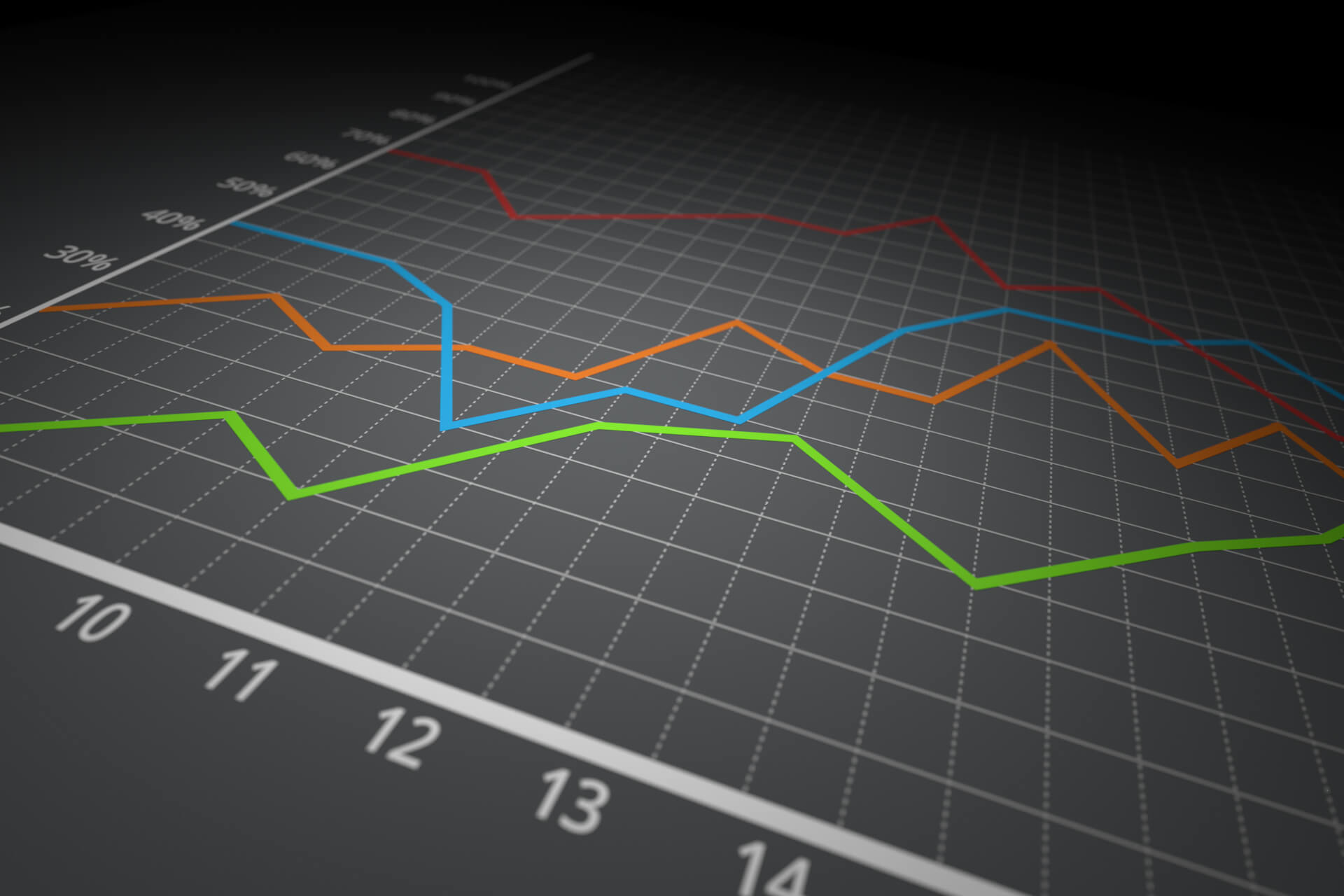Buying and selling – Bid and Ask

In the financial and trading world, the terms “Bid” and “Ask” are fundamental concepts that every trader or investor should grasp. These terms define the prices at which assets can be purchased or sold in the market.
The Bid price, or the buying price, represents the maximum amount that a buyer is willing to pay for an asset. This is the price at which a seller can sell their asset if they agree to the current market conditions.
Conversely, the Ask price, or selling price, is the minimum price at which a seller is willing to part with their asset. This is the price a buyer will pay to acquire the asset if they accept the prevailing market conditions.
The difference between the Bid and Ask prices is referred to as the spread. The spread serves as an indicator of market liquidity: a smaller spread indicates higher liquidity, while a larger spread suggests lower liquidity.
When a trader decides to buy an asset, they do so at the Ask price. This price is typically higher than the current market price, as it includes the spread cost, which constitutes the profit margin for the broker or market maker.
Market makers play an essential role in establishing the buying and selling prices by providing market liquidity. They continuously quote prices for the buying and selling of assets, and their profit comes from the spread. This involvement encourages them to maintain an active presence in the market.
Scalpers aim to profit from small price movements throughout the day. For them, keeping spreads to a minimum is critical, as they frequently enter and exit positions, and even slight spreads can significantly impact their profitability.
Day traders also pay attention to spreads, although they often hold positions longer than scalpers. They typically try to enter trades during periods of high liquidity when spreads are at their lowest.
In contrast, long-term investors are less affected by spreads because they hold their positions for extended periods. For them, the overall market direction and fundamental indicators are more significant than the current spreads.
Understanding Bid and Ask prices, along with the spreads that exist between them, is crucial for successful trading in financial markets. Familiarity with these concepts enables traders and investors to make informed decisions, manage their costs, and optimize their investment strategies effectively.
In summary, a solid grasp of the mechanics behind Bid and Ask prices and the significance of the spread can equip traders with the tools necessary for making strategic trading decisions. Whether one is a short-term trader or a long-term investor, appreciating these fundamental aspects can greatly enhance their trading experience and overall success in the Forex market.
©2024. All right reserved